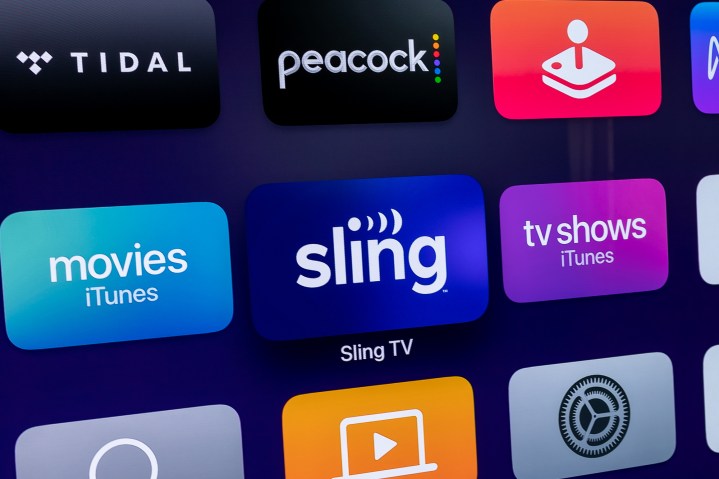
There’s a fallacy in the term “Streaming Wars” — a phrase I’ve never liked — in that it’s all about growth at all costs. That the only way to “win” said “war” is to be the biggest streaming service. That’s the game we’ve been taught by the likes of the Googles and Facebooks of the world, and it’s undoubtedly a big part of why Google’s YouTube TV sits atop the heap of live-streaming services with more than 8 million subscribers.
Then there’s Sling TV. The legacy service has been slowly, but consistently losing subscribers over the years, while always hovering at just above 2 million. That’s changed, though, according to its first-quarter 2024 earnings, which were announced by new parent company EchoStar. Sling TV finished with 1.92 million subs, down from 2.06 million at the end of 2023, and down about 8.5% from the first quarter of 2023. It hasn’t been below 2 million since I started tracking it in 2018.
And EchoStar seems to be OK with that.
That’s evident by a few things. First is that
That’s hardly a controversial statement. There’s a business term called average revenue per user (ARPU), and that’s exactly what it’s talking about. Not all customers bring in the same amount of revenue — hardly a new concept. EchoStar doesn’t break out ARPU for
But at some point, there’s a floor. At some point, there must be some minimum number of subscribers
(Hulu With Live TV makes up the lone missing member from this discussion; it has a little more than 4 million subs.)
Or maybe those two will just continue to circle the bottom of the barrel. Fubo has its hands full with an existential lawsuit. Sling TV doesn’t have local channels like the other options.
And meanwhile, YouTube TV keeps increasing its already vast lead.
Editors' Recommendations
- Android users finally get YouTube TV parity with iPhone
- The 10 most popular streaming services, ranked by subscriber count
- How much is Apple TV+?
- What we want to see from the next Apple TV 4K
- Yes, YouTube TV is kind of broken tonight



